Praxis®️ English Language Arts: Content Knowledge
5038Official Praxis®️ English Language Arts: Content Knowledge study guide to help you pass your exam!
Start Today
Welcome to the first personalized study guide tailored to your unique learning path. Access engaging content, practice tests, and test-taking strategies to ace the Praxis exam. Our subscription includes access to the entire Praxis catalog, plus a money-back guarantee!
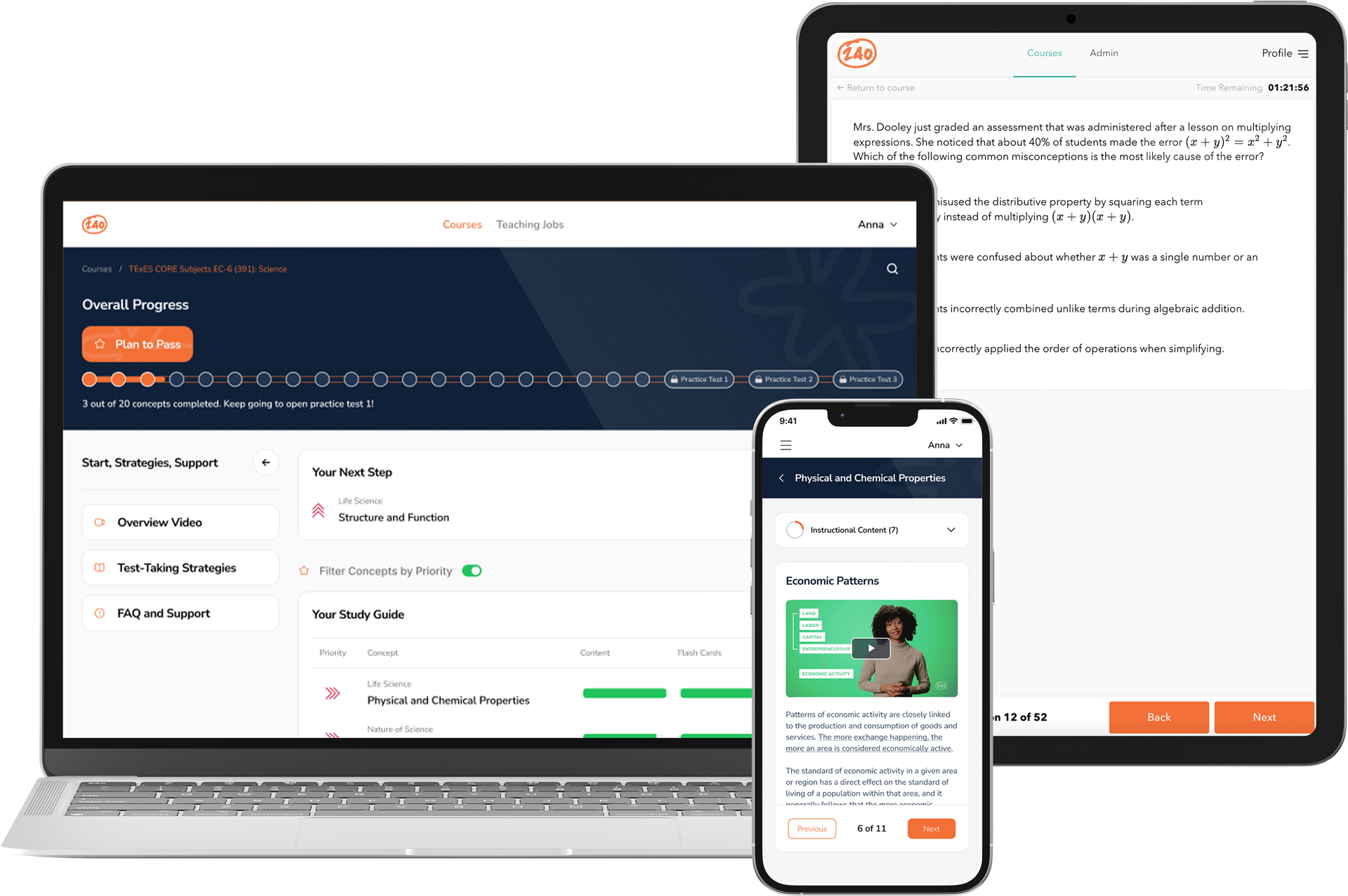

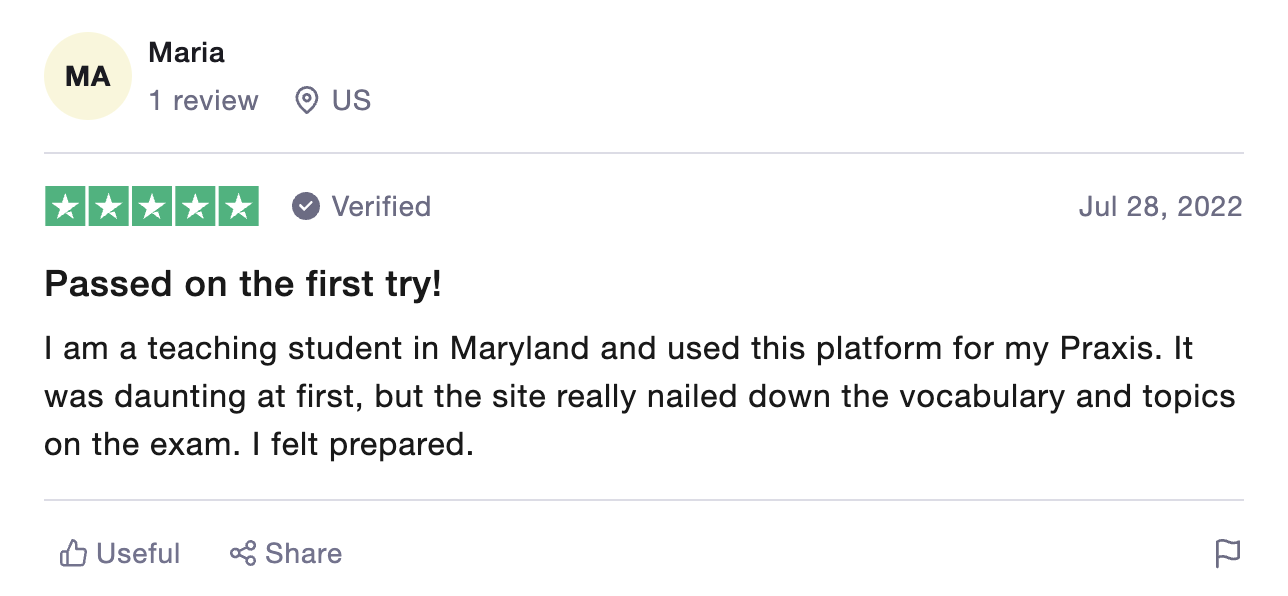
Access the Praxis®️ Mathematics: Content Knowledge (5161) study guide + our entire North Carolina catalog for one low monthly price!
You have time to dedicate to studying, so we want to make the most of it.
240 Study Guides are not only well-written—they’re well-engineered. We diagnose your areas for improvement, and personalize the content across your whole journey with 240, so you feel confident you’re studying the most important concepts for exam day.
Official Praxis®️ English Language Arts: Content Knowledge study guide to help you pass your exam!
Start Today
Official Praxis®️ General Science: Content Knowledge study guide to help you pass your exam!
Start Today
Official Praxis®️ Social Studies: Content Knowledge study guide to help you pass your exam!
Start Today
Official Praxis®️ Health & Physical Education: Content Knowledge study guide to help you pass your exam!
Start Today
Official Praxis®️ Physical Education: Content Knowledge study guide to help you pass your exam!
Start Today
Official Praxis®️ Mathematics: Content Knowledge study guide to help you pass your exam!
Start Today
Official Praxis®️ Biology: Content Knowledge study guide to help you pass your exam!
Start Today
Official Praxis®️ Chemistry: Content Knowledge study guide to help you pass your exam!
Start Today
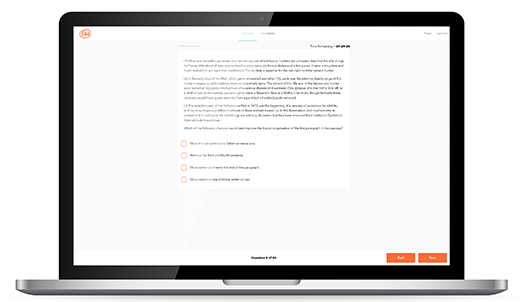



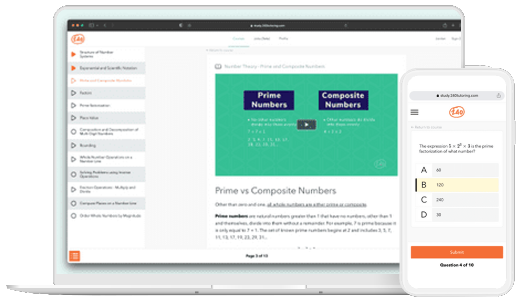

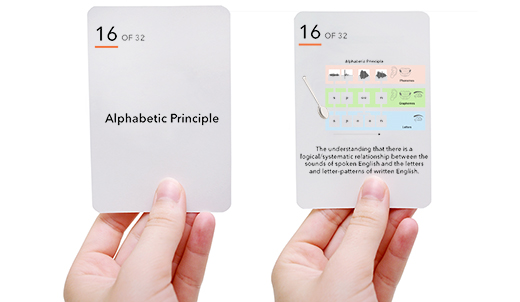

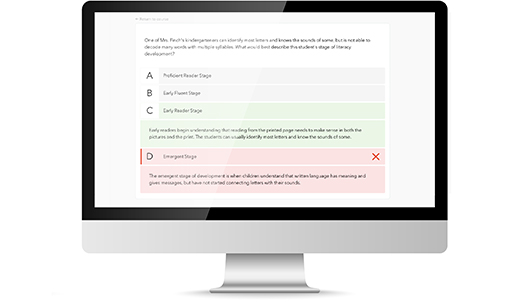
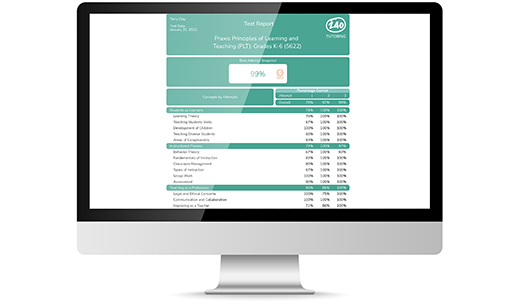




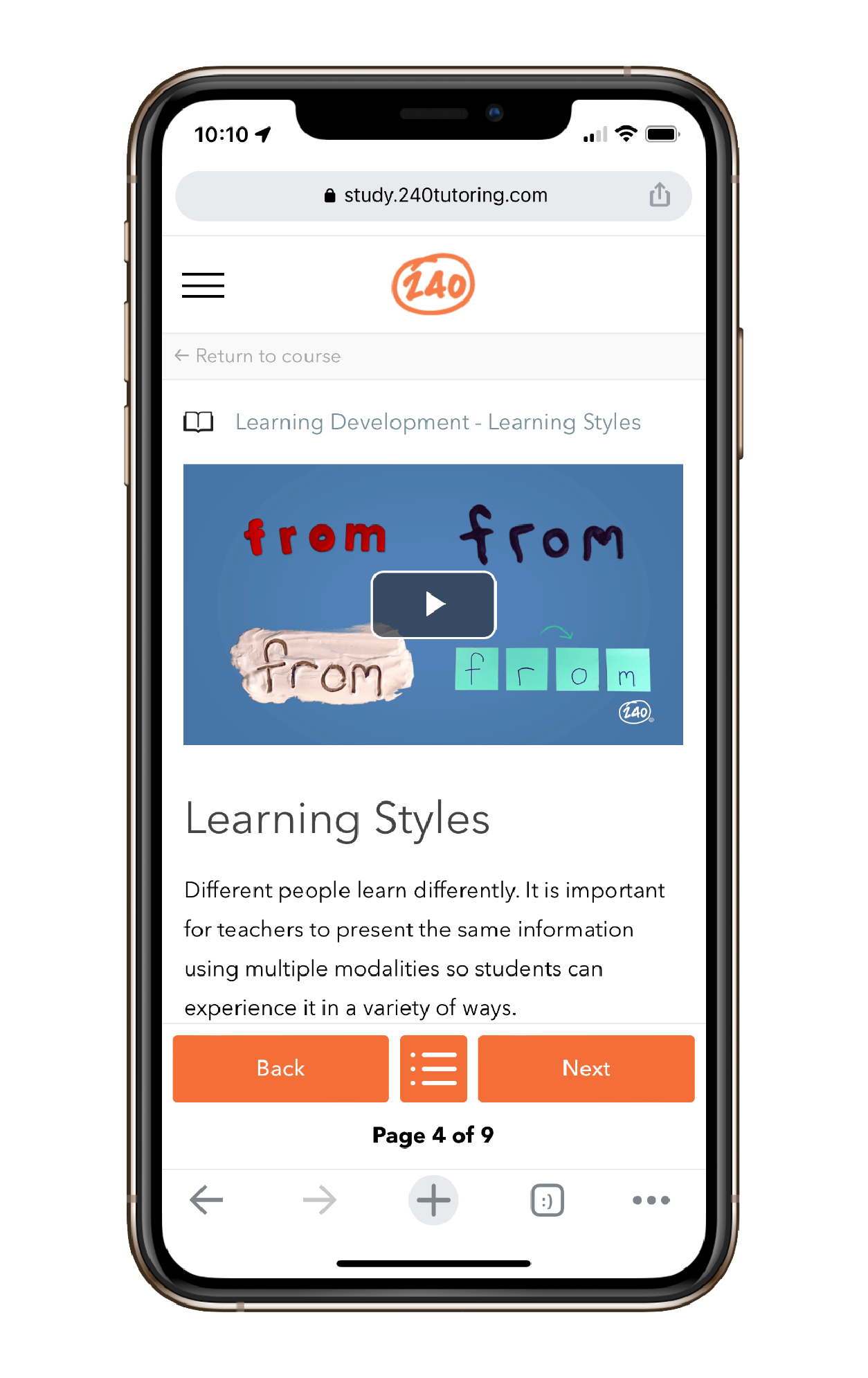
Our curriculum team studies all of the standards and competencies for the Praxis®️ Mathematics: Content Knowledge (5161) exam and cross-references them with the current and previous questions released by the official testing company. We then work with content and teaching experts to distill down what test-takers need to know. No matter where you are in the study guide, you can always see how the concept you are learning is aligned to the test standards.
Our study guide is uniquely arranged based on your diagnostic assessment that you take at the beginning of every study guide. We take the data of your strengths and weaknesses, along with the weighting of each area on the exam, to create a custom study plan and experience, just for you.
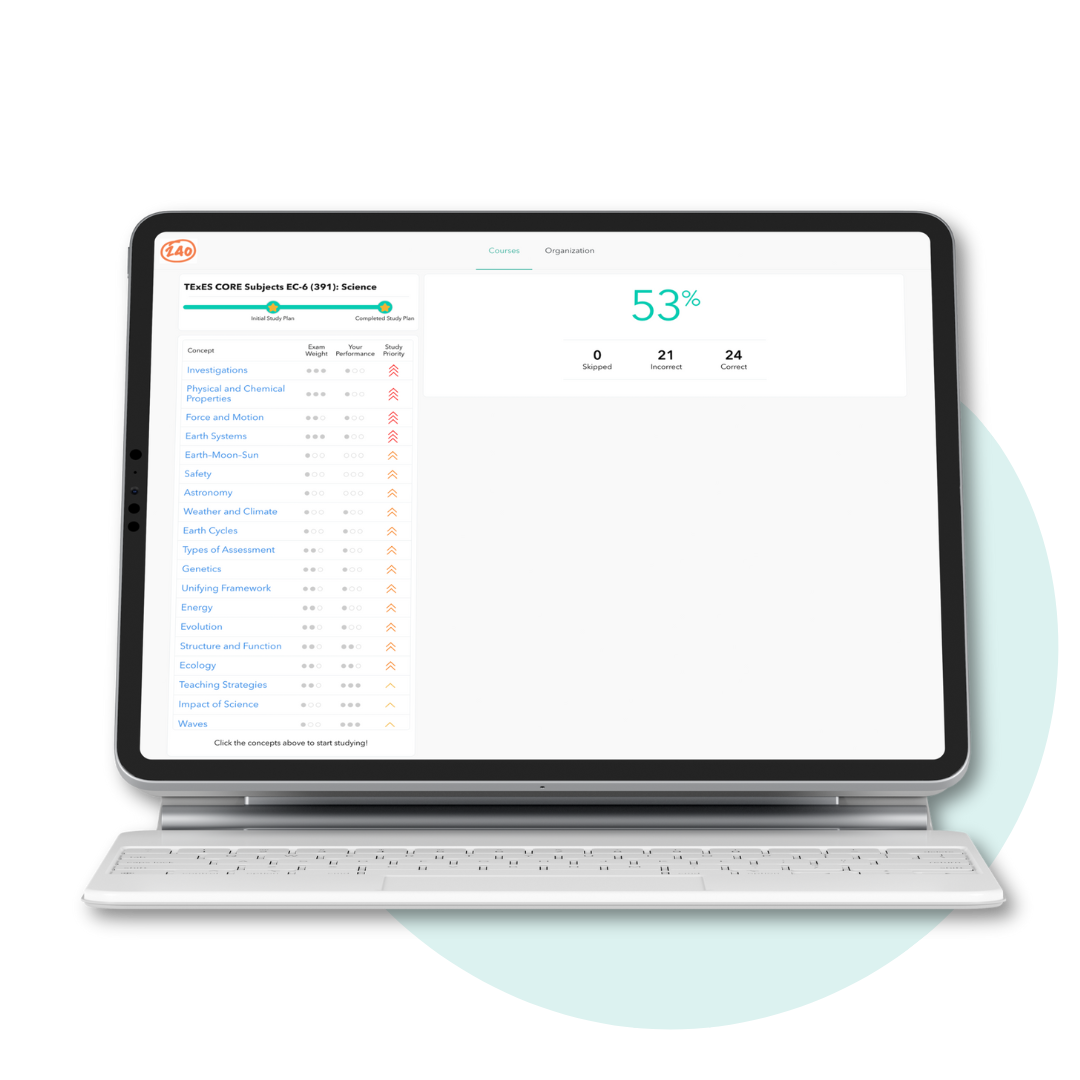

Our curriculum is written by teachers who have been in your shoes and passed these exams. It is then personalized based on the results from your diagnostic, so your studying what’s most important first. Our curriculum contains test-aligned instructional content, flashcards, and videos that are fun and engaging (finally)! No more old outdated video content like other test prep providers.
Your check for understanding is tested with quizzes for every concept. And since our study guides are “smart”, as we find areas of improvement, we’ll continue testing you on the concepts you need to focus on the most.
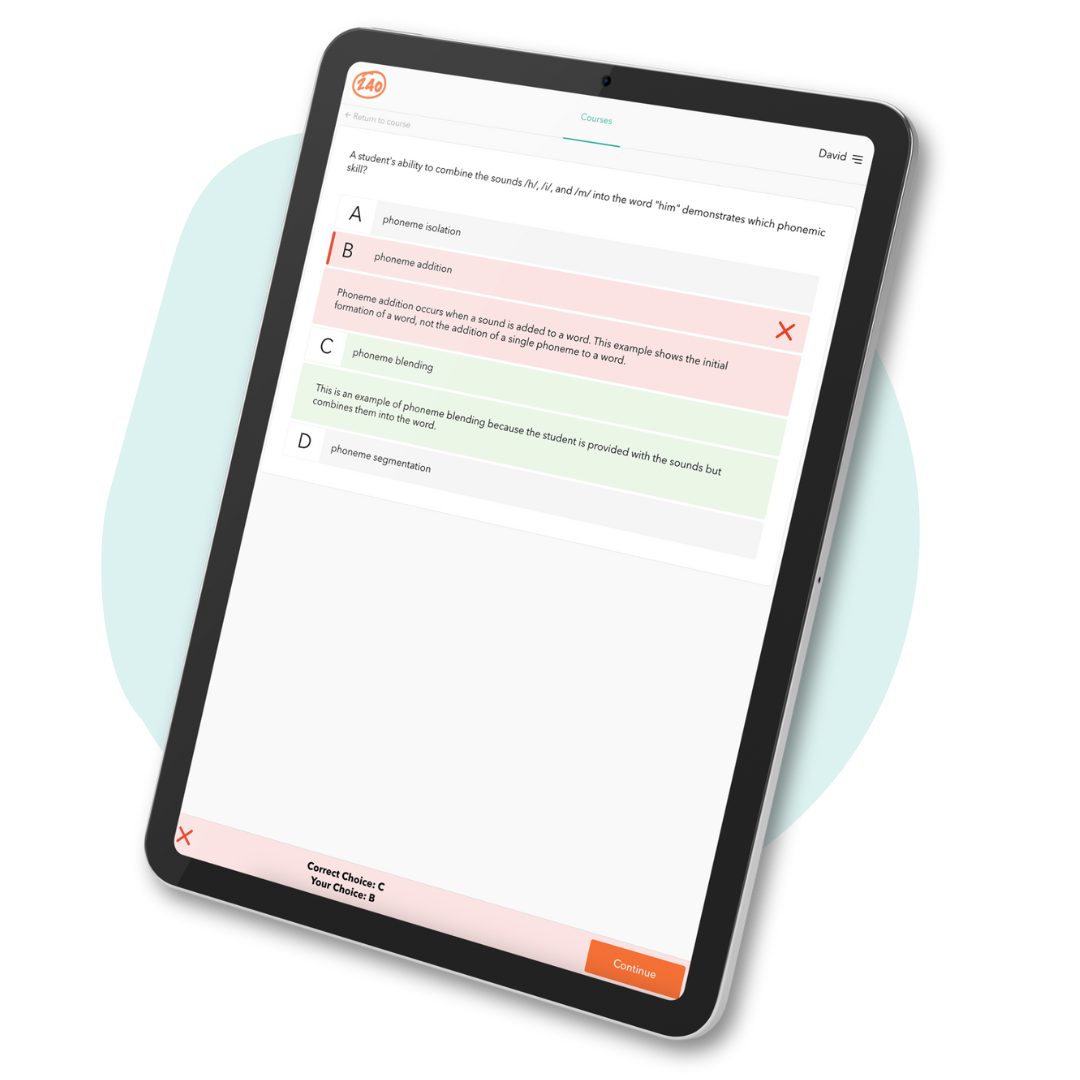
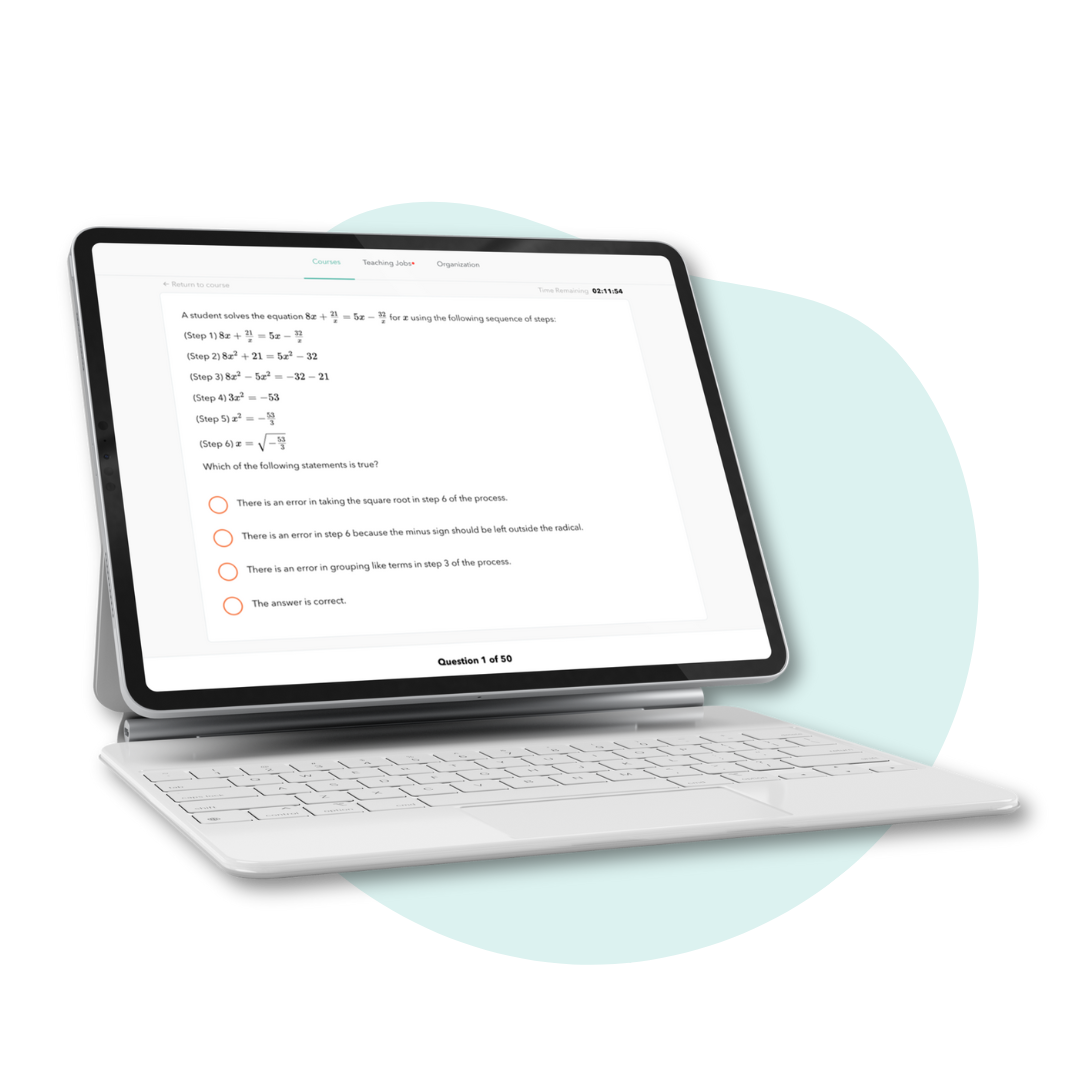
The study guide includes three full-length practice tests. These tests are designed to mimic the real exam, meaning they have the same numbers of questions and time limit as the real exam. Scoring above a 90% unlocks your money-back guarantee.
125 selected response questions with a 2 hours and 30 minute time limit.
$130
In most cases, only one form of primary ID is needed. Click here for more info
Tests are year-round, by appointment only. Click here to find a testing site near you.
In the state of NC the passing score for the Praxis®️ Social Studies: Content Knowledge (5081) exam is a 158.

With over 60 years of combined teaching experience and advanced degrees, our education experts work countless hours to methodically evaluate the content and condense it down to test-aligned study guides guaranteed to help you pass.
Our exceptional Customer Care team is here to help you pass. We focus on providing the best possible customer experience. We are sincere in our goal to help test-takers who wish to become teachers. Our professionalism, patience, and people-first attitude are available to you by phone and email, allowing you to connect with us.

Most tests do not include a scheduled break. If you choose to take an unscheduled break, your test clock will not stop, so it’s recommended that you use the restroom before or after your test. Long breaks are documented by test administrators, so do not take more than 5 to 10 minutes.
To pass the Praxis®️ General Science: Content Knowledge (5435) exam, you must first understand what is on the exam and what you will be expected to know. Once you identify areas of weakness, you can begin targeting those areas with instructional content and practice questions.
The full test is 2.5 hours, but expect to be at the testing site longer. Plan to arrive at least 30 minutes before your appointment time to get checked in.
Watch this short video to understand what your testing day will look like.
Not sure what to study, or if you are going to pass? We can help!
I'm a teacher candidate at a university/college I'd like to transition to teaching I'm a current / former teacher I'm in leadership for K-12 or Higher Ed (EPP)
What best describes why you are looking to be certified?
I'm teaching in a new state I'm teaching a new grade level I'm teaching a new subject I'd like to expand my supplementals / endorsements I'm currently not certified My certification(s) expired
Question 1 of 2
What best describes the type of organization you work for?
Higher Ed Institution K-12 District or State DOE Other EPP